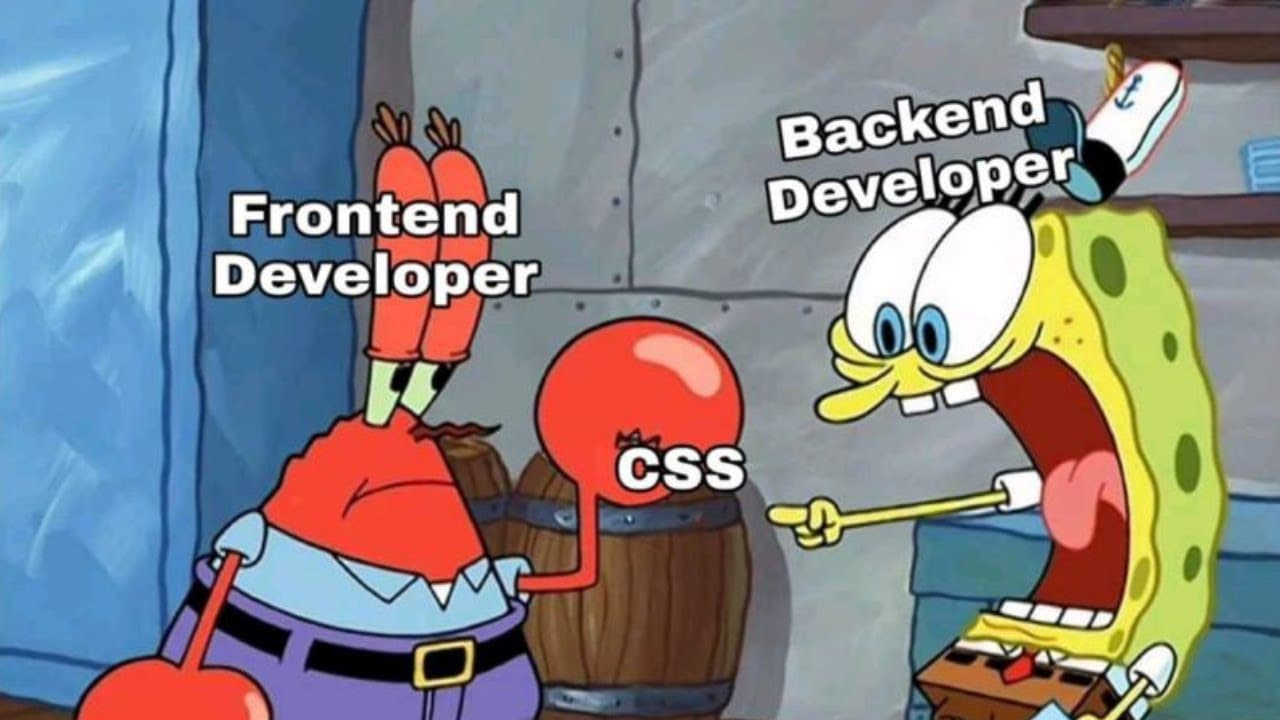New to Web Development? Here’s a brief overview of both frontend and backend development and some of the key differences between them.

Frontend vs Backend Development: Understanding the Divide
In the realm of web development, two critical components work hand in hand to create a seamless and interactive user experience: frontend and backend development. While both are essential for building robust web applications, they serve distinct purposes and require different skill sets. In this blog post, we'll explore the differences between frontend and backend development to provide a clearer understanding of their roles in the web development process.
Frontend Development
What is Frontend Development?
Frontend development, also known as client-side development, focuses on creating the user interface (UI) and user experience (UX) of a website or web application. It involves everything that users interact with directly, from the layout and design to the interactive elements and content presentation.
Key Responsibilities of Frontend Developers:
-
User Interface (UI) Design: Frontend developers are responsible for designing the visual elements of a website or application. This includes layouts, color schemes, typography, and overall aesthetics.
-
User Experience (UX): Ensuring a smooth and intuitive user experience is crucial. Frontend developers work to optimize navigation, accessibility, and overall user interaction.
-
Coding Languages and Technologies: HTML, CSS, and JavaScript are the core technologies used in frontend development. Frameworks like React, Angular, and Vue.js help streamline the development process.
-
Cross-Browser Compatibility: Frontend developers must ensure that the web application functions consistently across various browsers and devices.
-
Responsive Design: With the rise of mobile devices, responsive design has become a standard practice. Frontend developers ensure that websites adapt seamlessly to different screen sizes.
Backend Development
What is Backend Development?
Backend development, or server-side development, is concerned with the server, database, and application logic that enable the frontend to function. It involves managing and processing data, handling user authentication, and ensuring the overall functionality of the web application.
Key Responsibilities of Backend Developers:
-
Server-Side Logic: Backend developers write code that runs on the server, handling tasks such as processing user inputs, managing databases, and performing server-side validations.
-
Database Management: Storing and retrieving data is a crucial aspect of backend development. Backend developers work with databases (e.g., MySQL, MongoDB) to manage and organize information.
-
APIs (Application Programming Interfaces): Backend developers create APIs that allow the frontend and backend to communicate. This enables data exchange between the server and the client.
-
Security: Implementing security measures, such as encryption and user authentication, is a key responsibility of backend developers to protect sensitive data.
-
Server Management: Backend developers are involved in configuring and maintaining servers, ensuring they run efficiently and securely.
Collaboration and Full-Stack Development
While frontend and backend development are distinct, they often overlap in a full-stack development environment. Full-stack developers are proficient in both frontend and backend technologies, allowing them to work on all aspects of a web application.
In conclusion, frontend and backend development are integral parts of the web development process, each with its unique set of responsibilities and technologies. A successful web application requires a collaborative effort between frontend and backend developers to create a seamless and engaging user experience. Whether you're drawn to the visual design and user interaction of the frontend or the server-side logic and data management of the backend, both roles play a crucial role in shaping the digital landscape we interact with every day.